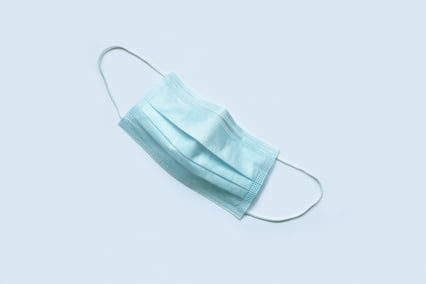COVID-19 Four Years Later: A Look Forward
Join Our Movement
What started as an idea has become a national movement. With your support, we can influence policy and inspire lasting change.
Become an Advocate
Vaccine Fatigue
People may feel fatigued as the vaccines and their recommendations evolve. Researchers are studying a way to help alleviate vaccine fatigue.
Researchers at the University of California, Riverside, are investigating a potential replacement for COVID-19 vaccines and boosters. The research team is also exploring administering the replacement without a needle.
The ribonucleic acid interference (RNAi)-based vaccine will use a live, altered version of COVID-19. However, it would not use your body’s usual immune response. The new vaccine will create a protein that blocks a virus’s RNAi response. All viruses we encounter create an RNAi response.
The potential vaccine would be effective against COVID-19 and future viral strains. It could also be safe and effective for those with immunocompromised systems and infants.
Researchers hope to receive the funding needed to conduct their study. If successful, the new vaccine will be available in a few years.
Looking Forward
The global spread of COVID-19 initiated global responses. The Biden administration’s United States Global Health Security Partnerships is a new endeavor to increase the ability of the United States (U.S.) to “prevent, detect, and respond to the spread of infectious disease.”
The United States Global Health Security Partnerships will expand health security to 50 nations. The initiative will bolster the countries’ ability to detect, identify, and respond to diseases. The program will also focus on the U.S.’s ability to coordinate across agencies.
Conclusion
The potential harm COVID-19 has on vulnerable groups, the immunocompromised, or high-risk age groups remains. However, if you want to learn more about protecting yourself or preventing severe side effects from COVID-19, talk to your medical provider. You can also follow the CDC’s COVID-19 webpage for the latest recommendations.
Christina Sisti, DPS, MPH, MS, is a bioethicist and health care policy advocate. She works to create awareness and improve healthcare policy for those with long-term health issues.
